Indications for blepharoplasty
- Overhang of the upper eyelids.
- Sagging of the lower eyelids.
- Fatty hernia of the eyelids (swollen eyelids, baggy eyelids).
- Drooping of the eyebrows and corners of the eyes.
- Severe nasolacrimal grooves.
- Congenital defects of the eyelids.
General contraindications: cancer disease, acute infections, arterial hypertension, eye disorders, heart disease, diseased vessels, thyroid disorders, diabetes mellitus, blood-clotting disorder.
Types of the surgery
Eyelid surgery is performed in order to remove excess skin and fat, strengthen muscles, lift eyebrows and outer corners of the eyes, as well as enhance the patient’s eyes.
There are several types of surgery, depending on the surgical site:
- Blepharoplasty of the upper eyelids is indicated in case of overhanging upper eyelid skin, and drooping of excess skin and fat on the eyes, that is why the patient has a limited visual field. The surgery is combined with the upper eyelid muscles, eyebrow line, and forehead lifting.
- Blepharoplasty of the lower eyelids is performed in case of deep folds and baggy eyelids. It is required to strengthen the muscle and tighten the temporal fossa additionally.
- Circular blepharoplasty involves the correction of both eyelids during one surgery.
- Transconjunctival blepharoplasty is performed for young patients, because they do not have excess skin, by removing fat deposits. Incisions are made on a mucous membrane (conjunctiva) of the eyelid.
How is the surgery performed in “Certus” clinic?
Pre-surgery examination: 1 hour.
Duration of the surgery: from 30 minutes up to 2 hours (depending on the blepharoplasty type. The surgery can take place on an outpatient basis (the patient goes home after the surgery) or in a clinical setting (1 day).
Anaesthesis: general anesthesia or local anesthesia with sedating medications.
Incision options: in the upper eyelid crease, right under the eyelashes or on the inner lining of the lower eyelid. The incisions are sutured with the thinnest surgical threads.
*Recovery period. The sutures are removed in 4-5 days after the surgery. During the first week, it is not recommended to strain the eyes. The swells and bruises (subcutaneous hemorrhages) disappear in 1-2 weeks. It is allowed to apply light makeup in 10-14 days. The primary result of the surgery is estimated in 2-3 weeks and the final one is in a couple of months.
*Side effects: tearing, temporary swellings, bruises, a sensation of pain in the eyes area, photophobia.
*Risks: sustainable healing process, infectious complications, conjunctivitis, eye asymmetry, the impossibility of complete eyelid closure.
*Result: medium or long-term, the duration of the result depends on the features of the human organism and its insenescence.
*The effect, result, risks, and recovery period depend on the individual peculiarities of the human body.







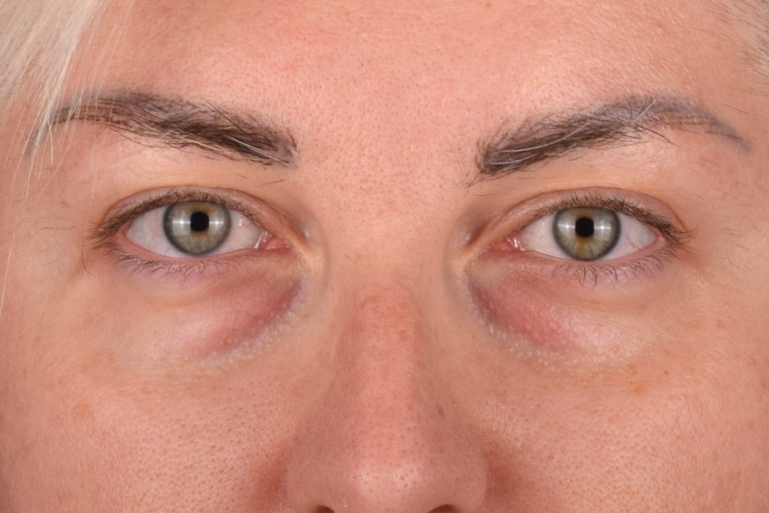
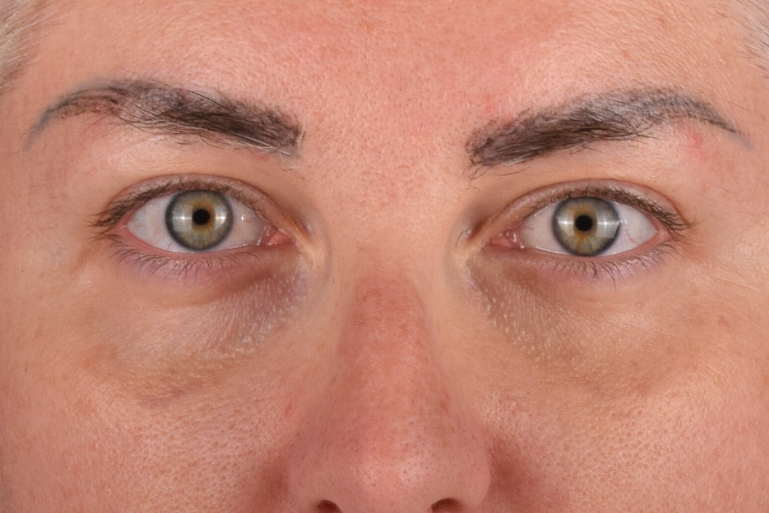




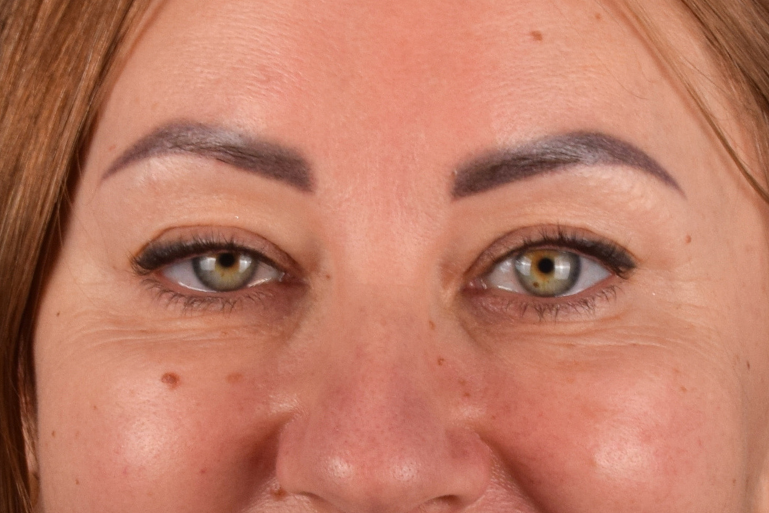
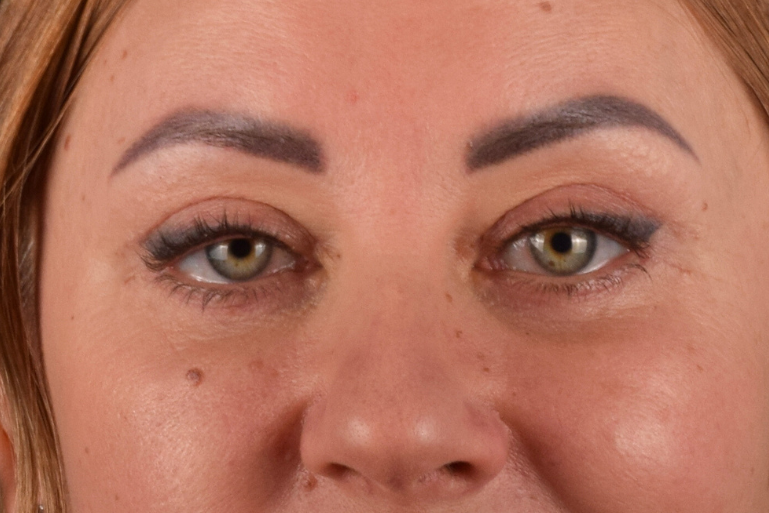




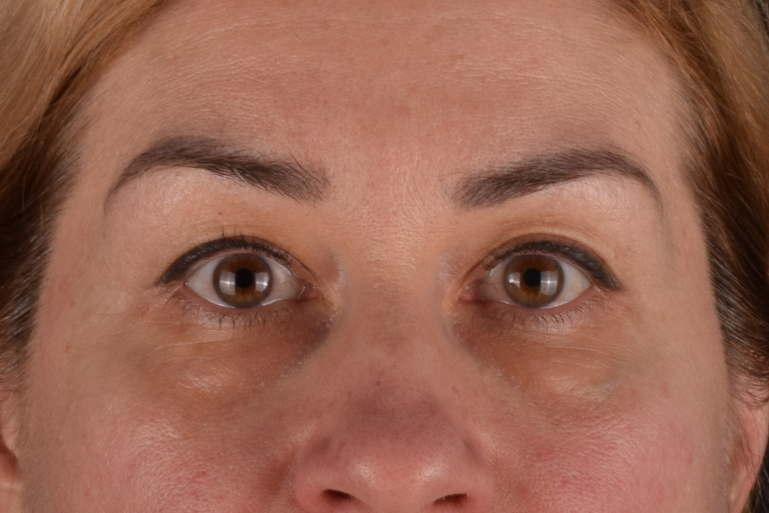
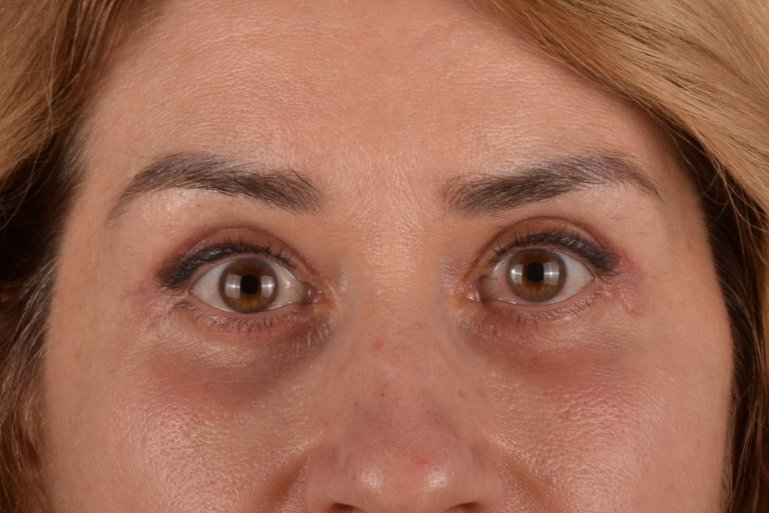




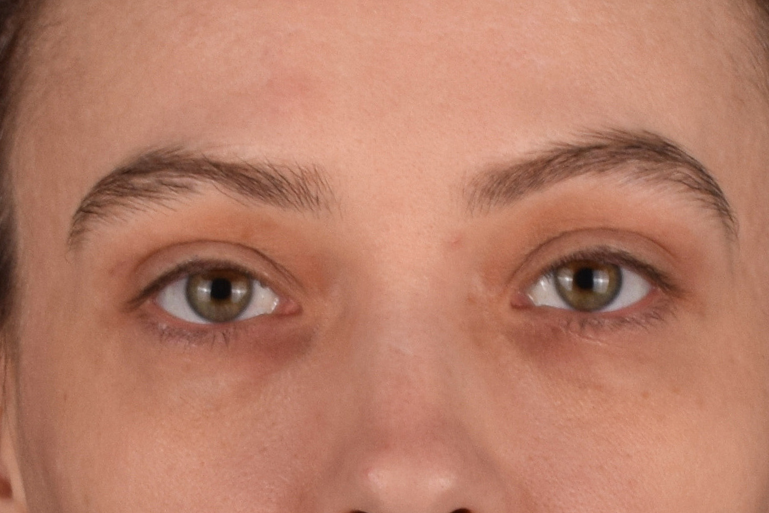
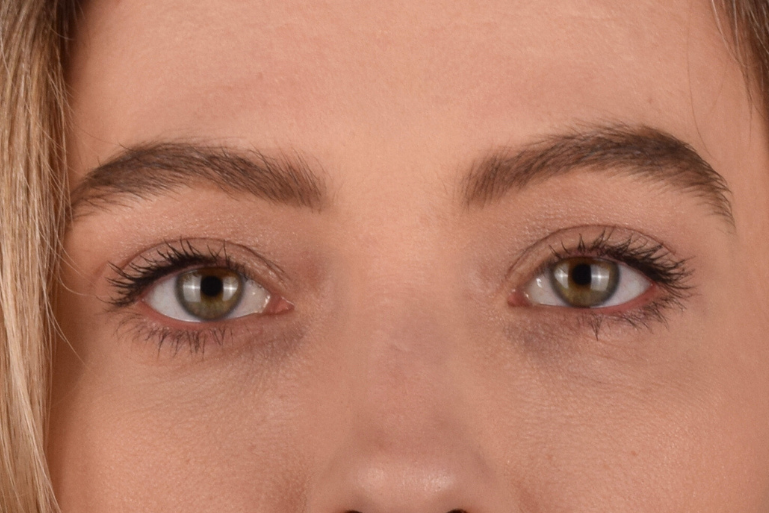

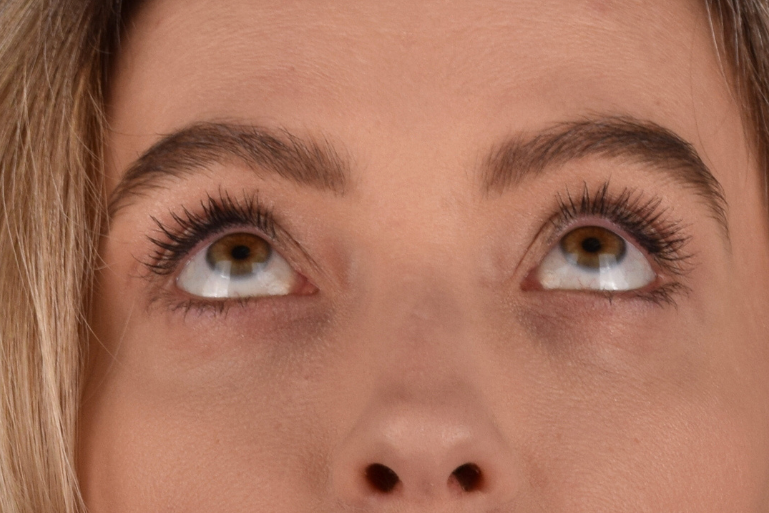


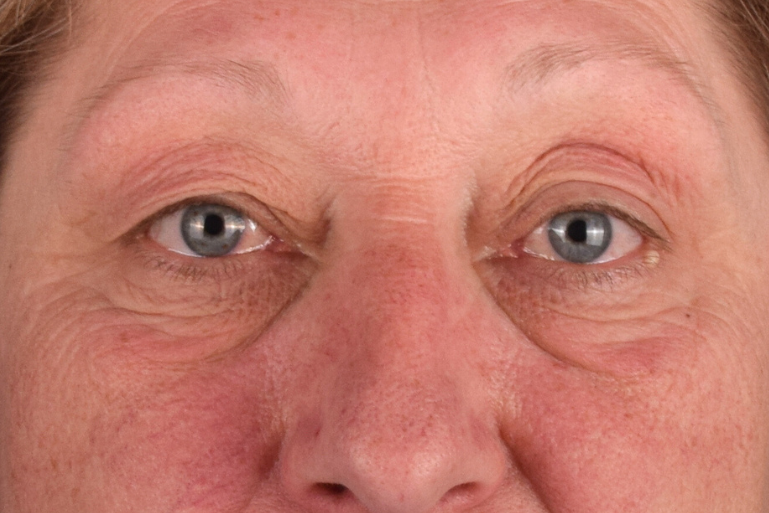
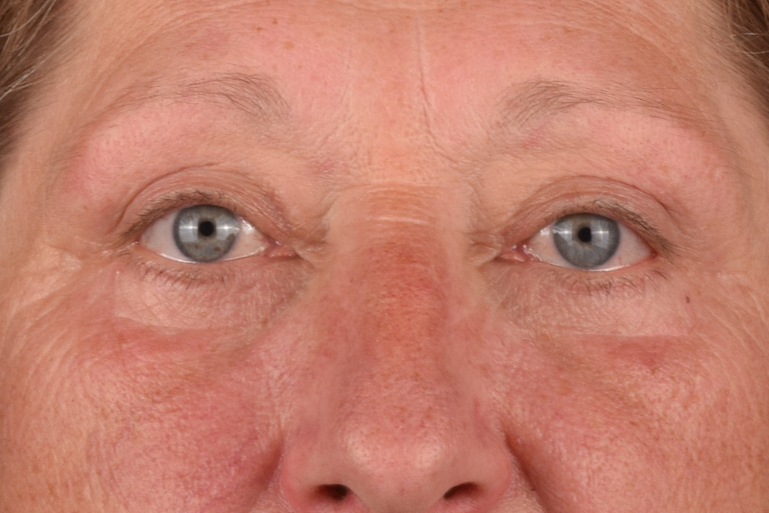
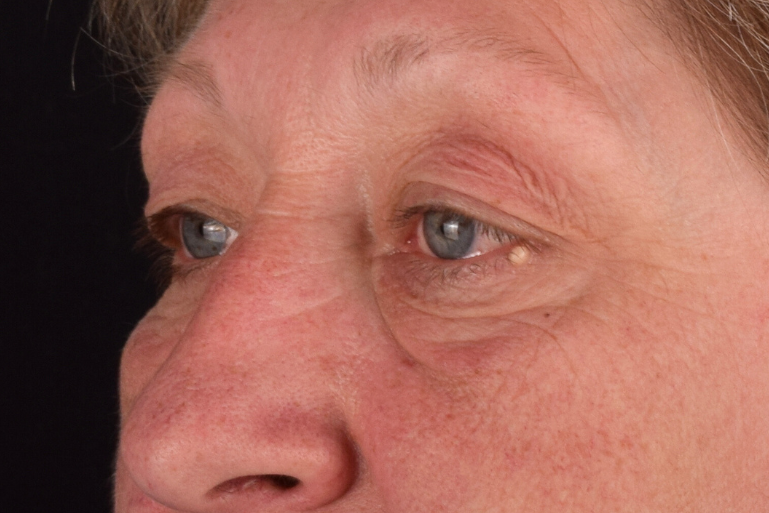
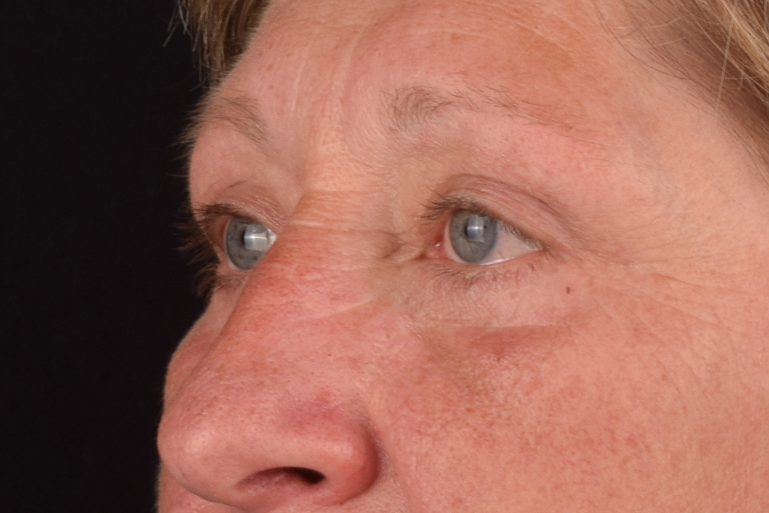


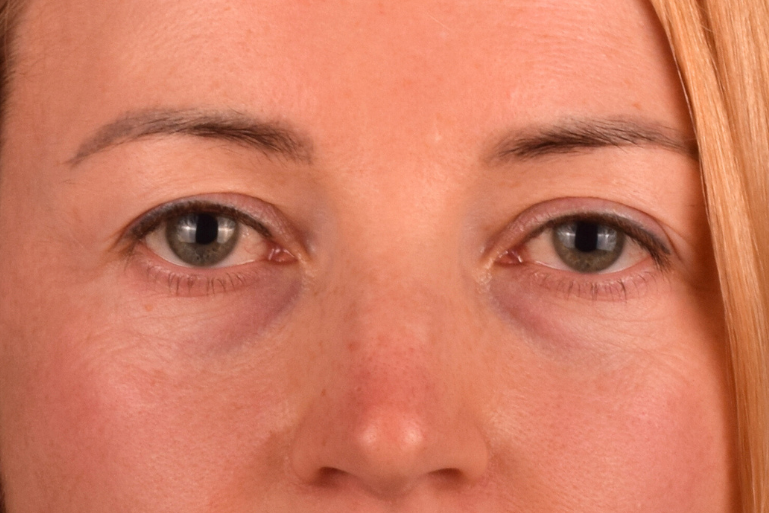
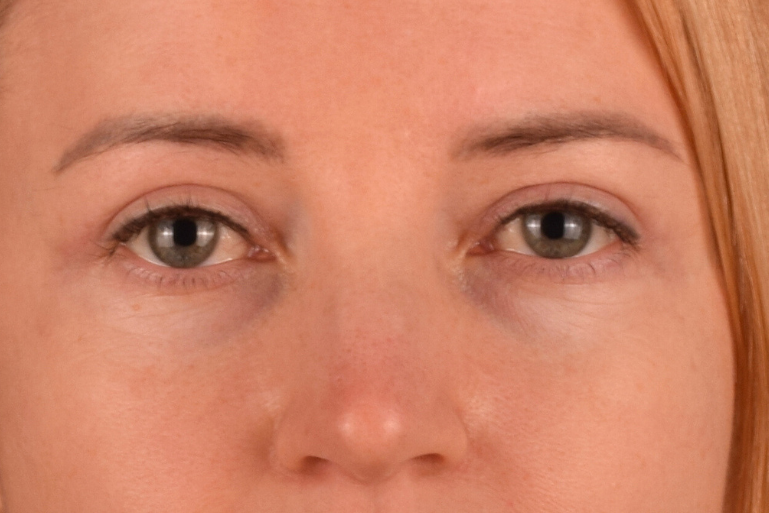

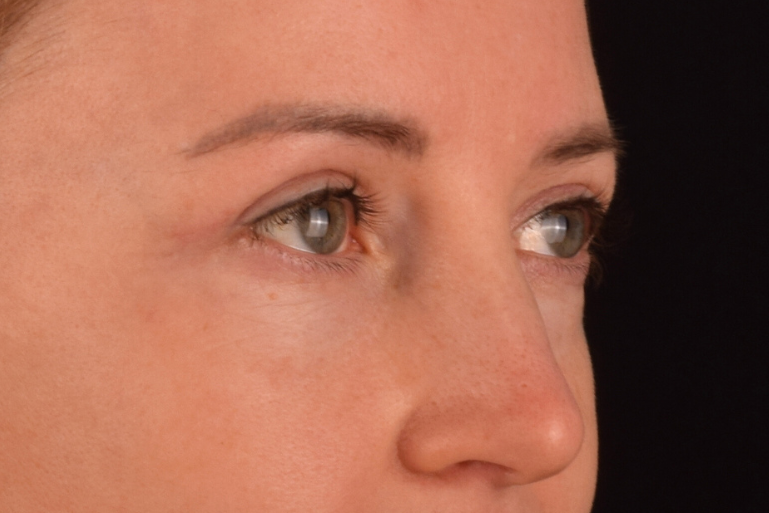


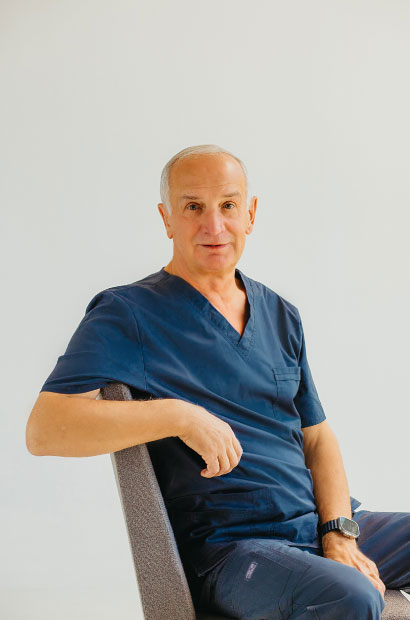
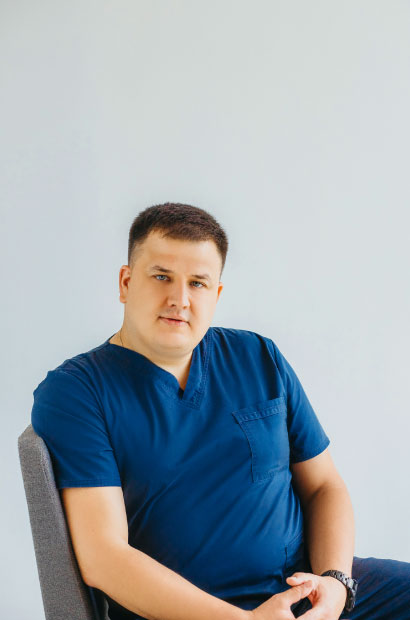
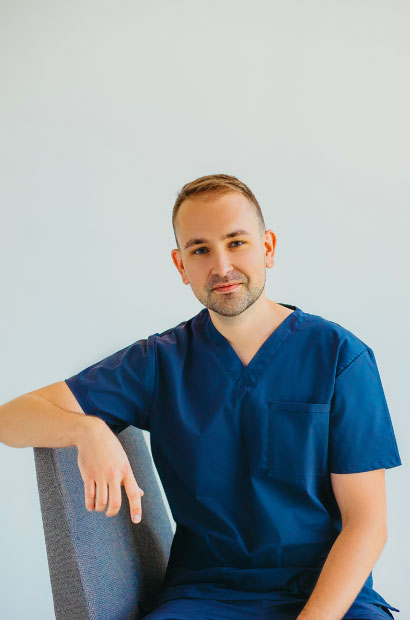
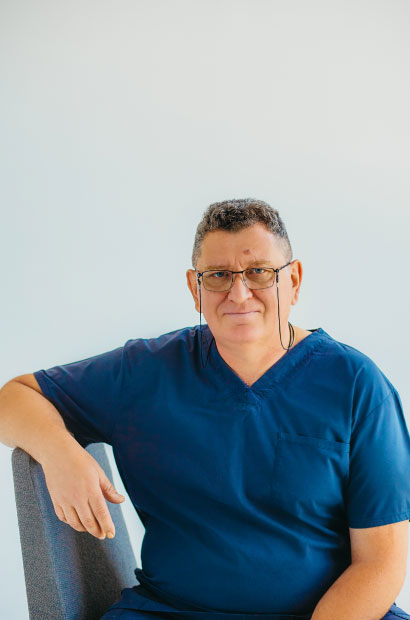
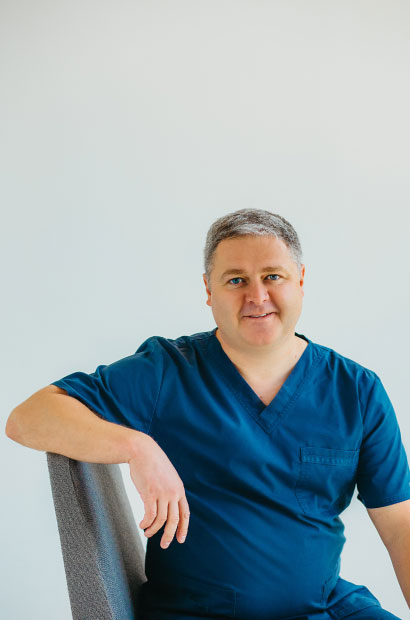
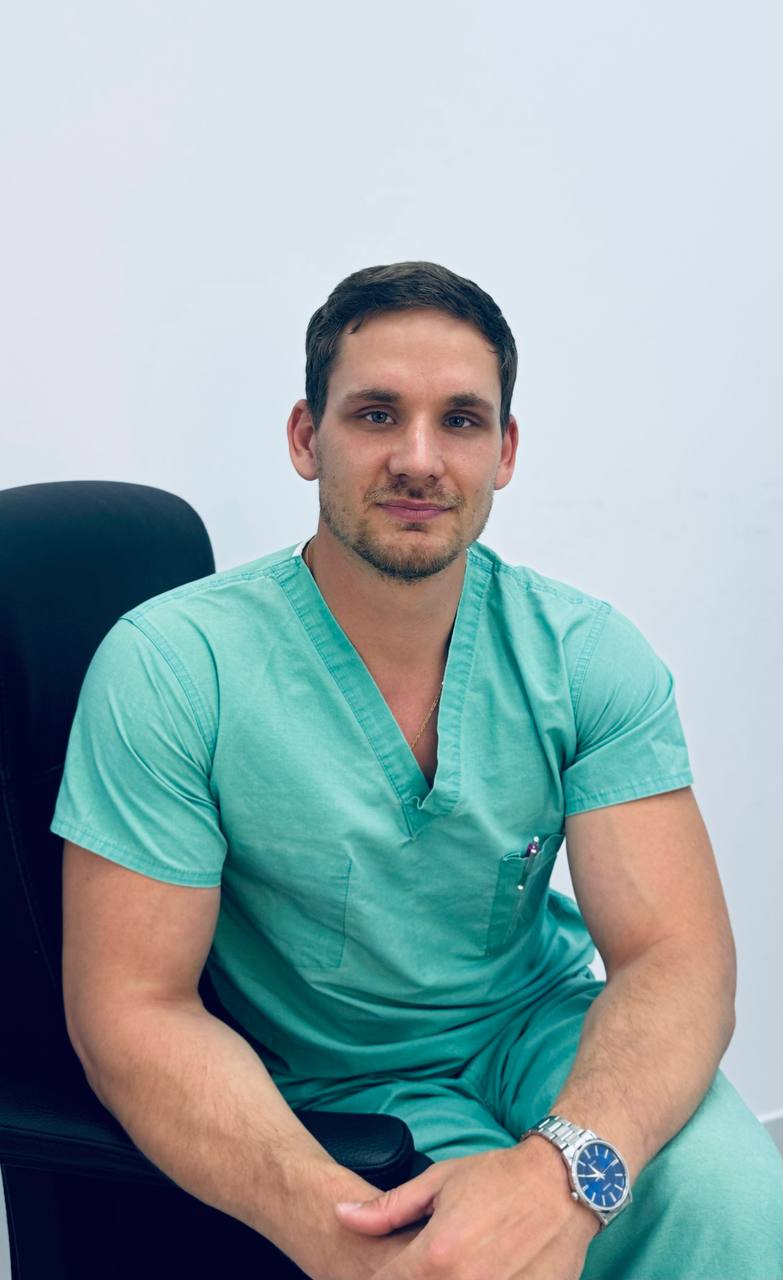





Add review